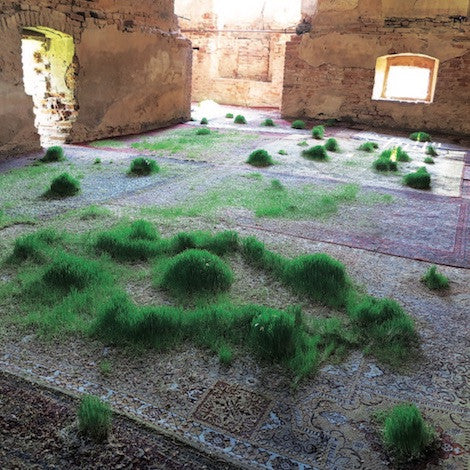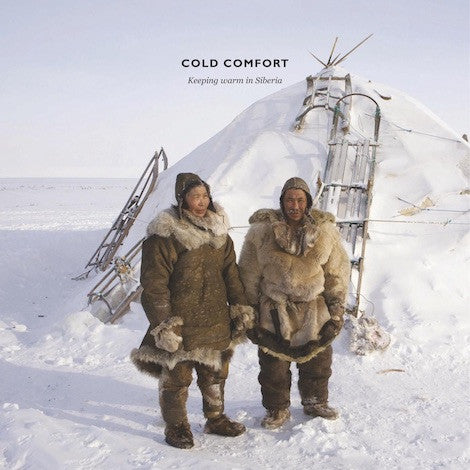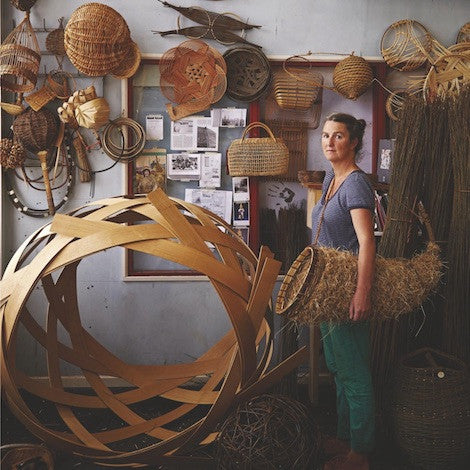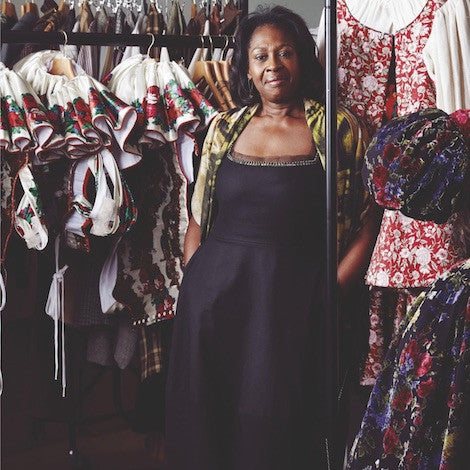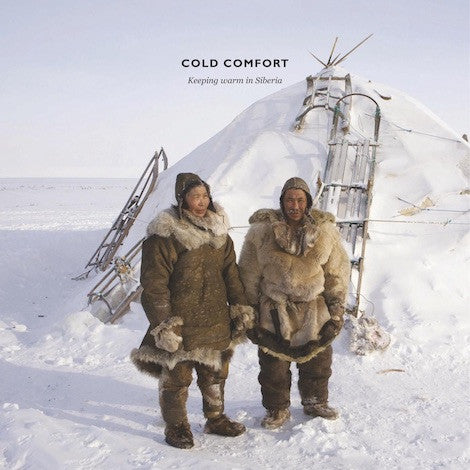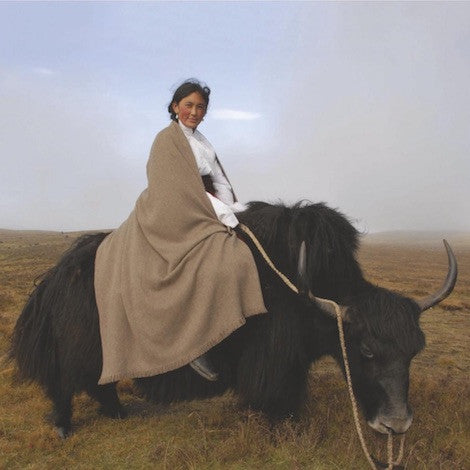Issue 74 Wild (digital only)
Selvedge Magazine
Couldn't load pickup availability
January/February 2017
Please note this issue is only available digitally
ON BITTERLY-COLD JANUARY mornings the need for performance fibres is as clear as the blue sky. Cashmere, Vicuna, Alpaca and Goose Down – all words we associate with luxury and indulgence. I would, however, argue that they are not a luxury but a practical necessity. In this issue we explore the fibres native to extreme locations where wild weather is the norm. Here our designers are looking to nature and science for the answer to lightweight warmth.
We journey as far afield as the Mongolian steppes with Tengari and Norlha founded on the Tibetan plateau, Denis Colomb cashmere from Nepal, June Cashmere from Kyrgyzstan as well as Thibault Van Der Straete’s Andean alpaca. Each niche fibre has unique qualities; cashmere is eight times warmer than sheep’s wool and does not pill or wrinkle. Alpaca is three times warmer than sheep’s wool – and with no lanolin, less itchy but also water-repellent. We explore fibres that wick moisture away from the body; hollow fibres that insulate; and fibres that come in a myriad of different natural shades alleviating the need for dyes. What is important about these fibres is their variety – best explored through the fingers – each one a perfect match for a specific function.These are fibres to cherish, particularly when 85% of all clothing is made from cotton.
Predominantly enjoyed in their natural state, we see an exception in the collection of Moncler, who combine goose down and fur with traditional Tyrolian embroidery. In the darkest days of winter, we long for colour and light. Some of our favourite designers have injected florals into their winter collections. These dramatic dark florals have a jewel-like intensity and a romance not seen in their summer sisters. Originating in Scandinavia with the work of Josef Frank whose exhibition Patterns-Furniture-Painting can be seen at the Fashion and Textile Museum, they are the ideal way to brighten up a dark day.
Polly Leonard, Founder
Share



